Lausanne (Switzerland), 2018, 14 February
Over the last decade, ultrafast technology has made enormous progress, opening a large variety of new research fields and applications. Examples include frequency combs that revolutionized precision measurements, table-top high-harmonic generation or plasma-based sources that allow new forms of spectroscopy and diffraction, lab-based sources of ultrashort radiation spanning from X-rays to terahertz radiation and electron pulses.
These achievement opened new directions in materials science, chemistry and biology. Fundamental and practical challenges facing our society can be addressed with new methods and thus approached from a new perspective.
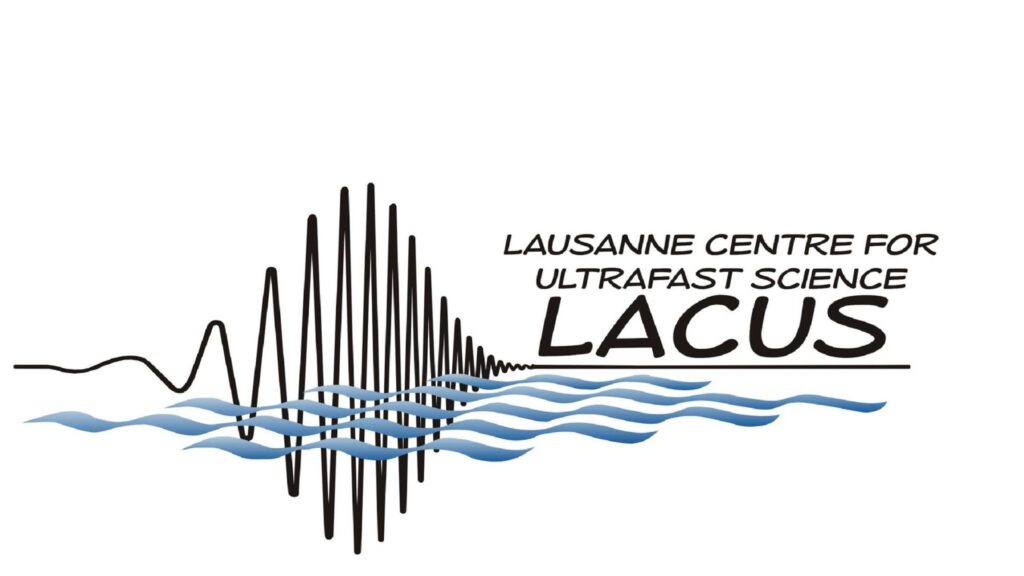
The Lausanne centre for ultrafast science (LACUS) was started because most of these challenges can only be addressed by a truly interdisciplinary approach in research and technology, e.g. through the collaboration of specialists in ultrafast science and technology, with experts in physics, chemistry, engineering and life sciences.
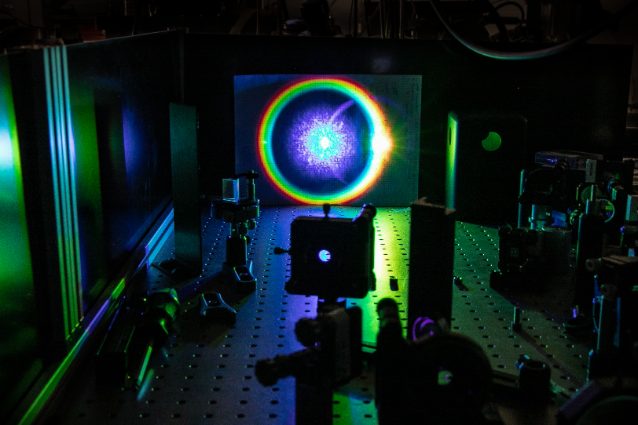
EPFL has the largest number of experimental and theoretical research teams in Ultrafast Science and Technology in Switzerland and as such, they form the largest single group within the NCCR:MUST (Molecular Ultrafast Science and Technology). Furthermore, there is an even larger number of labs that use ultrafast technology but do not necessarily investigate ultrafast phenomena. The areas of research of these various groups are very diverse and span fundamental and applied research (see groups for the list of groups, subjects and related publications). This shows a very high degree of complementarity between experts in laser technology and methods and actual or potential users in Engineering and Life Sciences. In addition, several EPFL groups have been pioneers in ultrafast science.
Currently the LACUS facility offers access to several femtosecond laser systems, ultrafast spectroscopy and diffraction experiments, and ultrafast trasmission electron microscopy experiments.
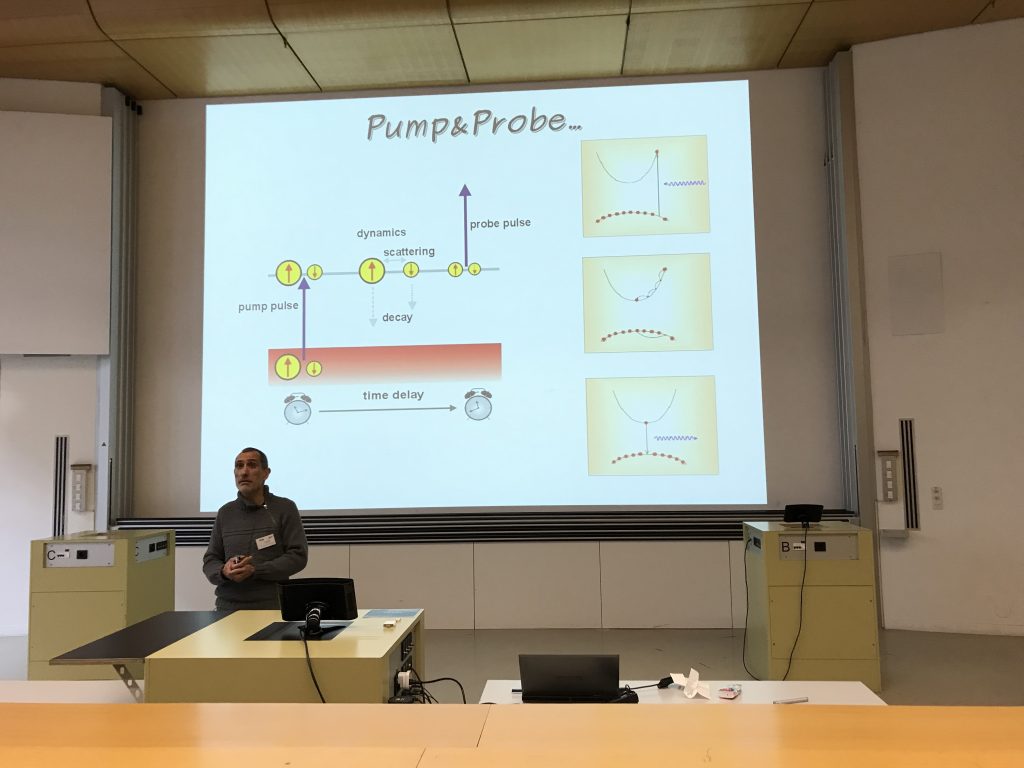
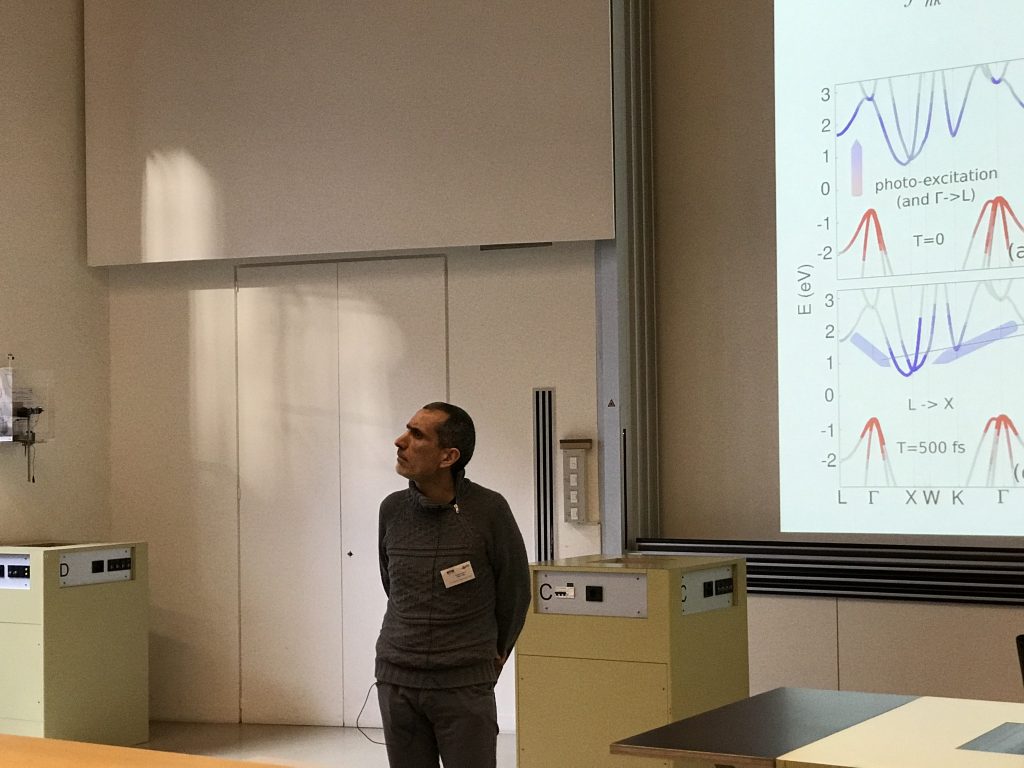
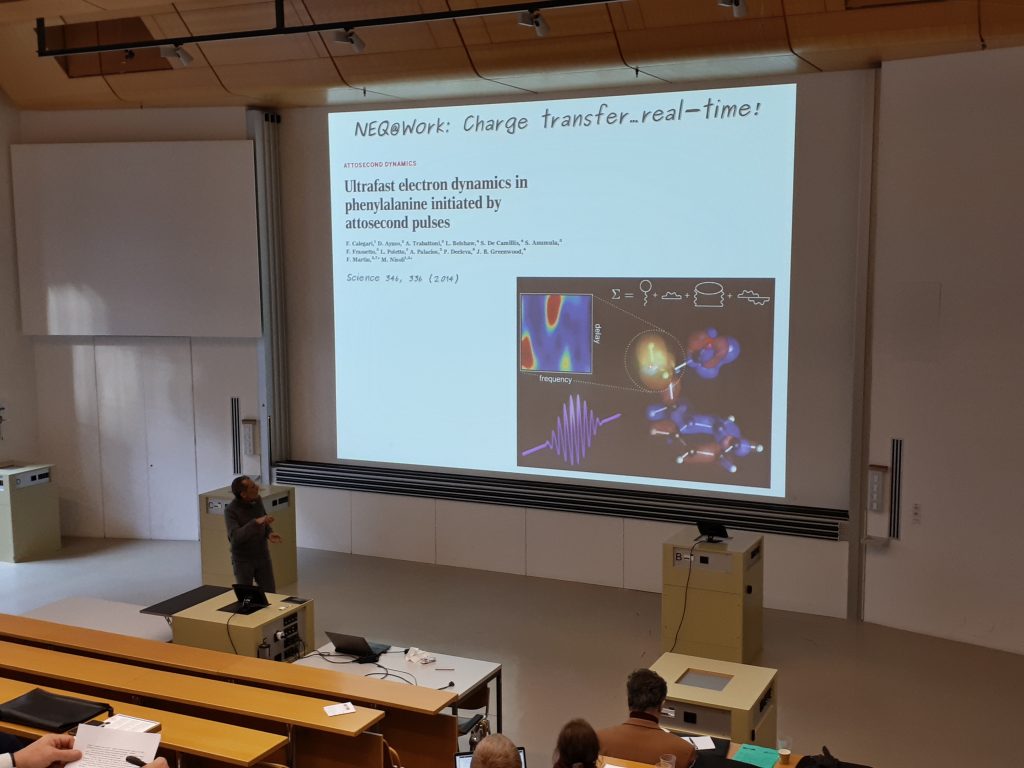

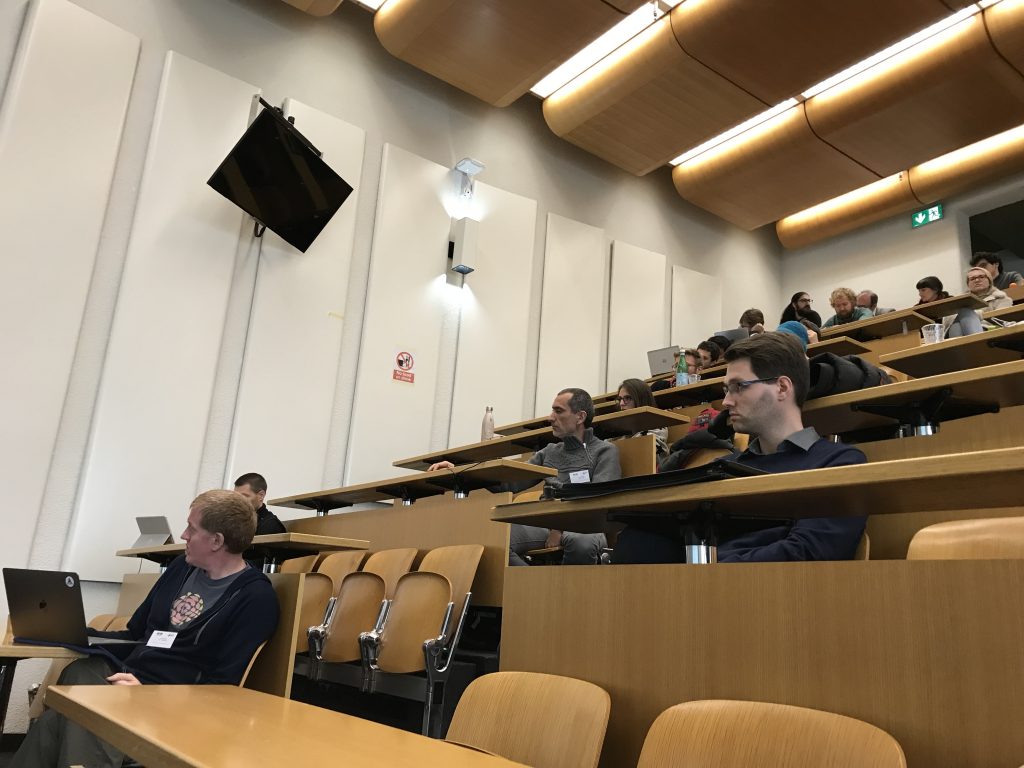
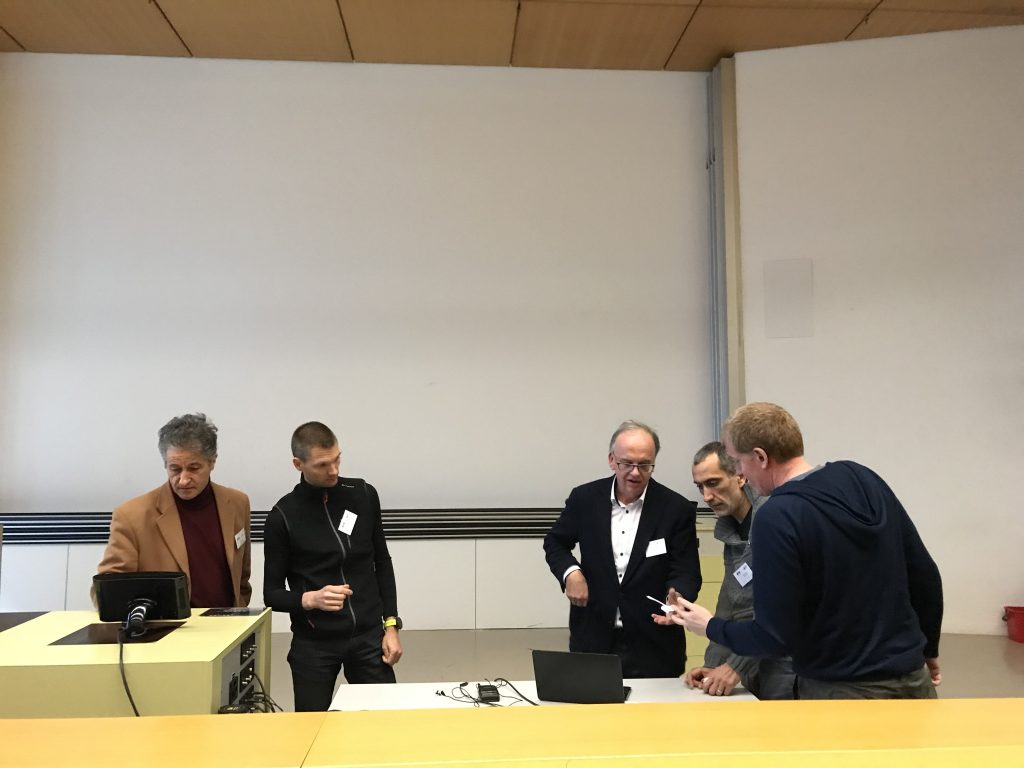
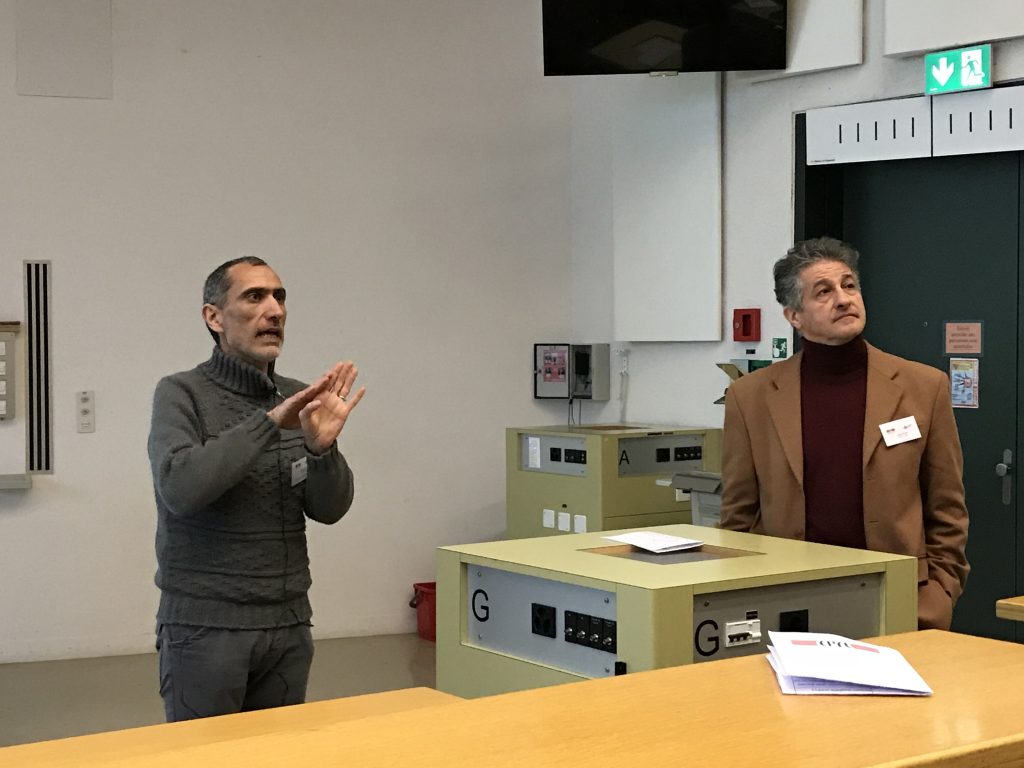
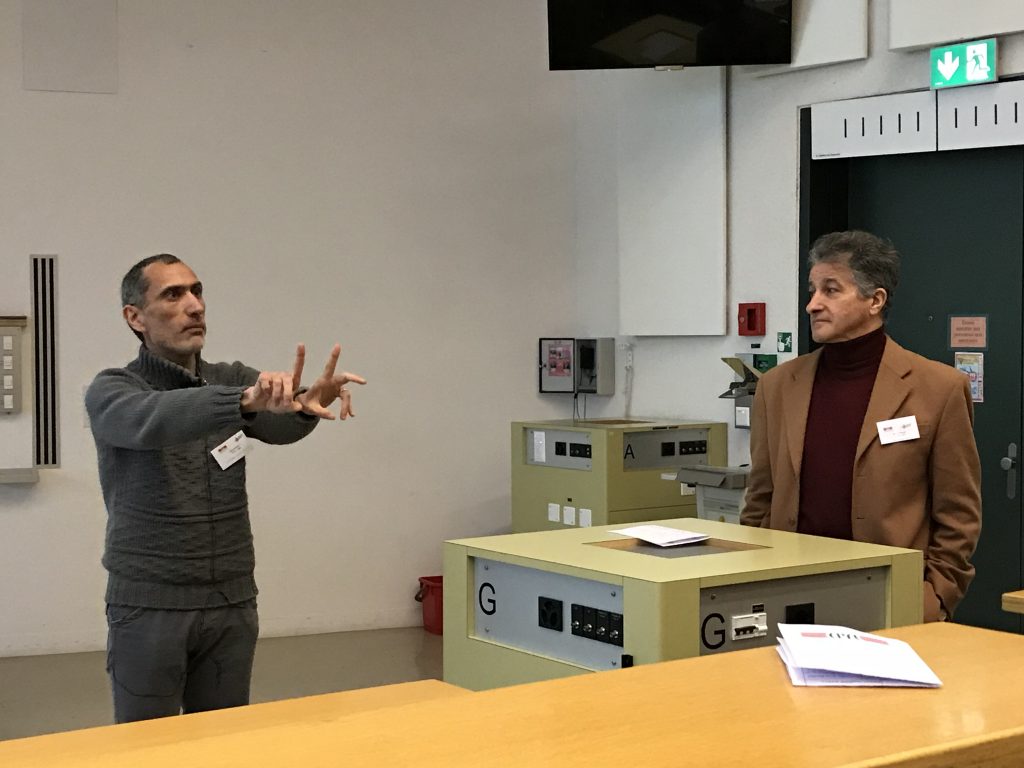
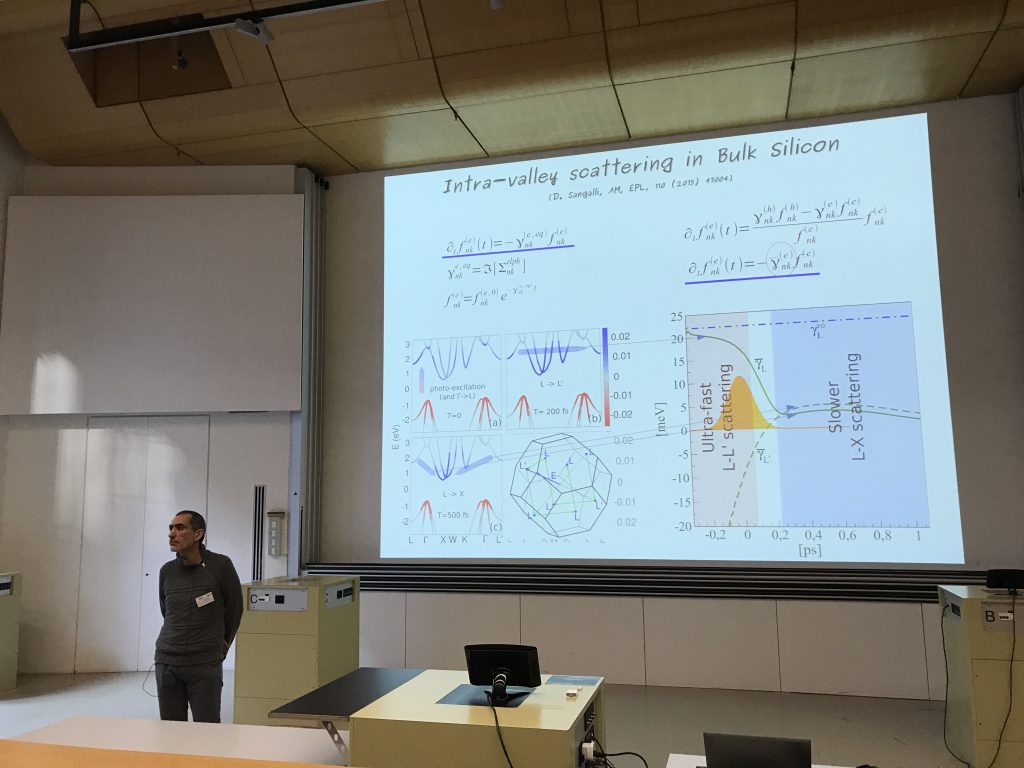

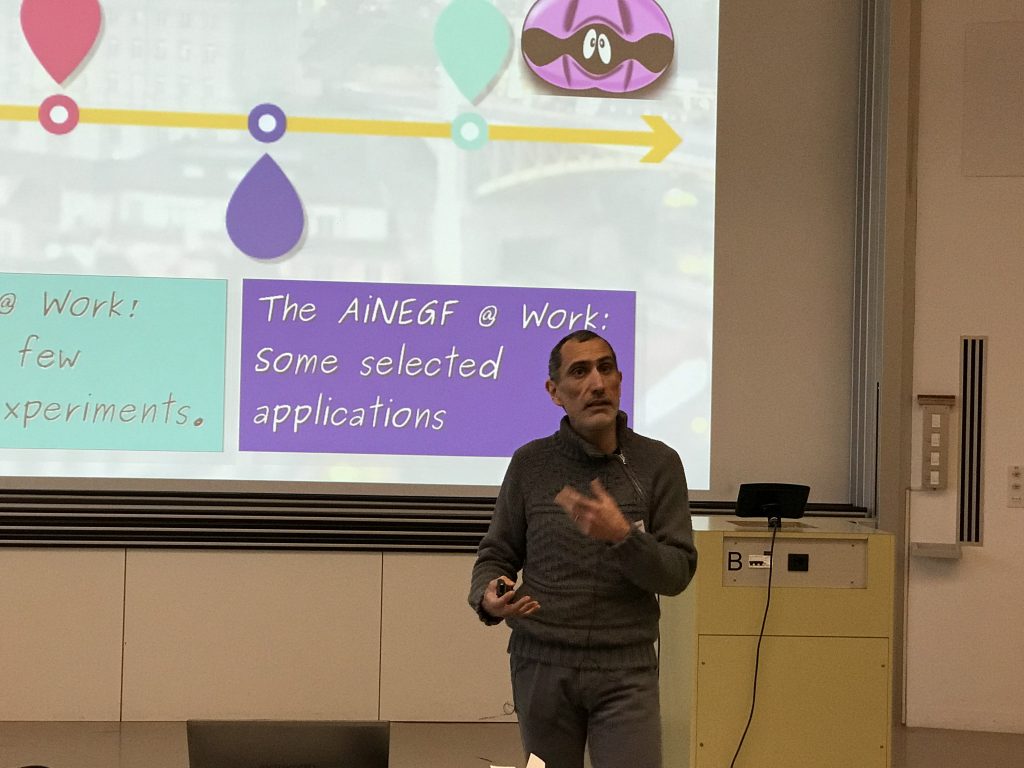
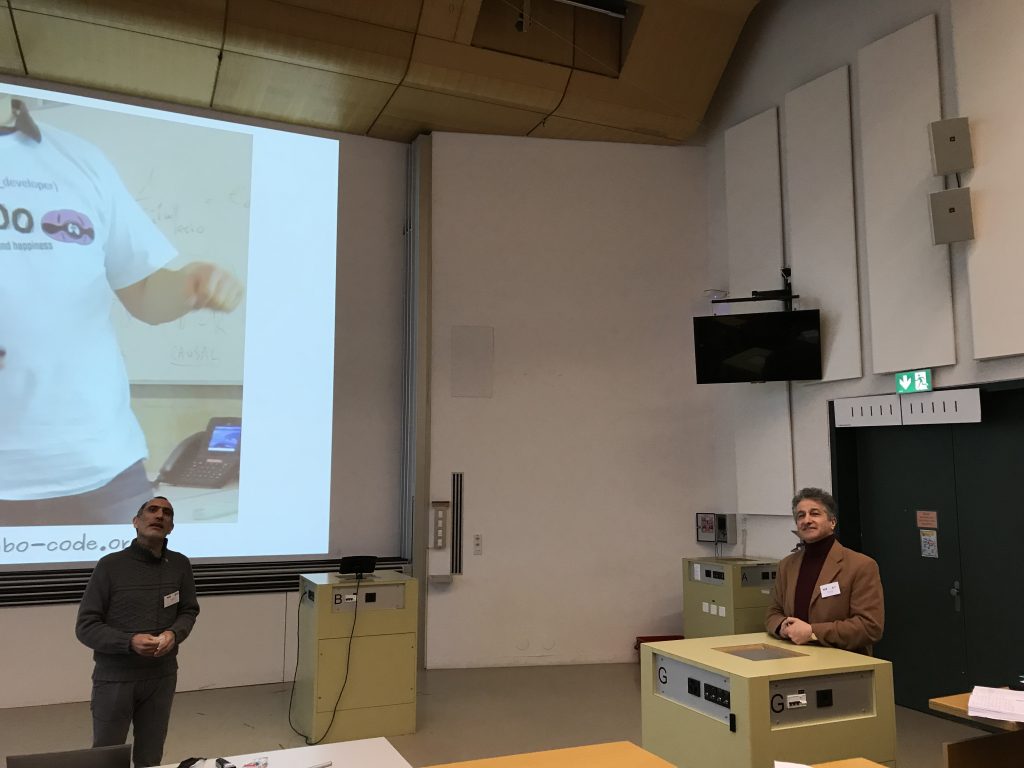

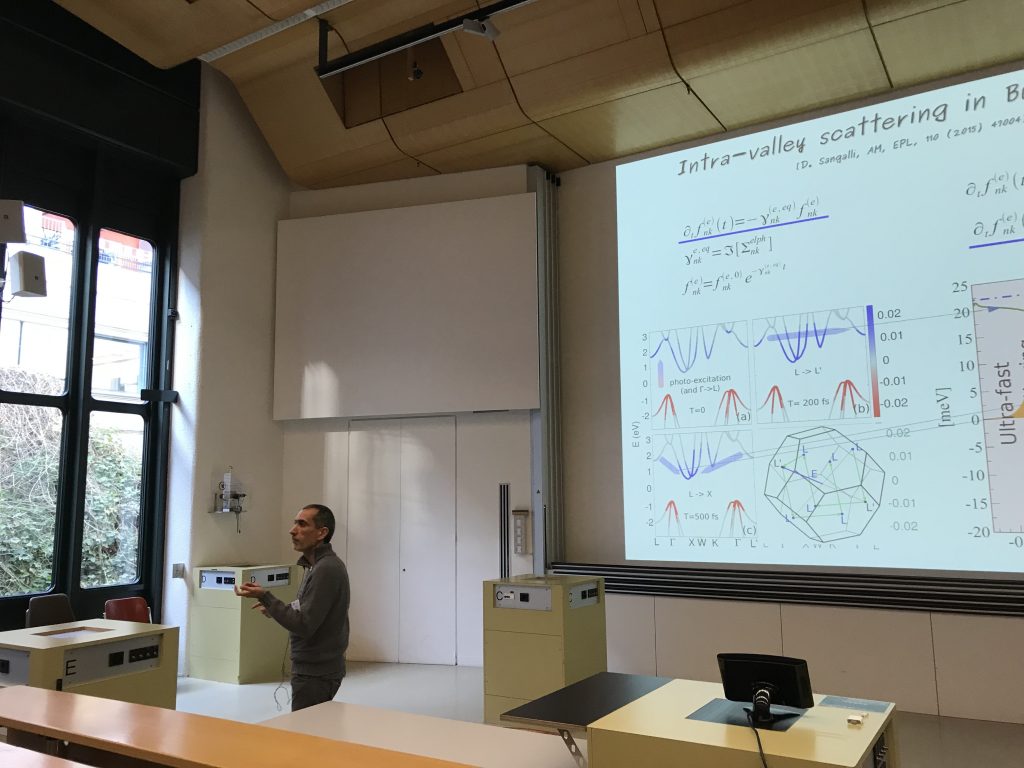
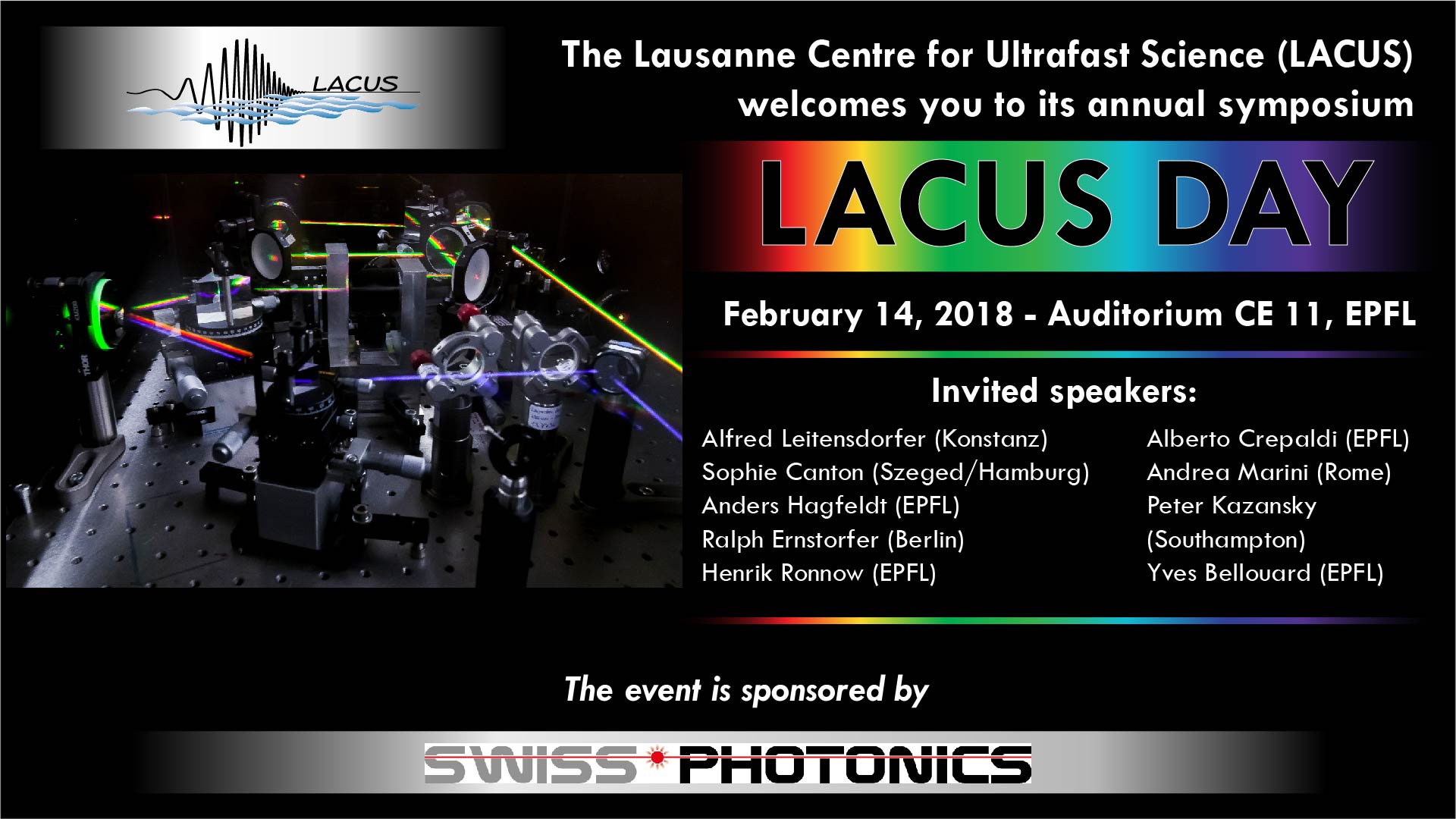
Leave a Reply